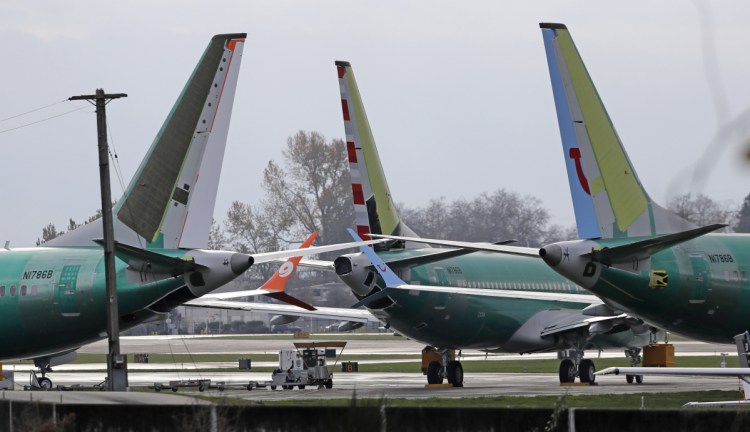Sunday’s devastating plane crash in Ethiopia could renew safety questions about the newest version of Boeing’s popular 737 airliner.
The Boeing 737 Max 8 operated by Ethiopian Airlines crashed shortly after taking off from the capital of Addis Ababa, killing all 157 people on board.
The plane was new. The weather was clear. Yet something was wrong, and the pilots tried to return to the airport. They never made it.
In those circumstances, the accident is eerily similar to an October crash in which a 737 Max 8 flown by Indonesia’s Lion Air plunged into the Java Sea minutes after takeoff, killing all 189 people on the plane. But safety experts cautioned against quickly drawing too many parallels between the two crashes.
William Waldock, an aviation-safety professor at Embry-Riddle Aeronautical University, said suspicion will be raised because the same type of plane appeared to crash the same way – a fatal nosedive that left wreckage in tiny pieces.
“Investigators are not big believers in coincidence,” he said.
Waldock said Boeing will look more closely at the flight-management system and automation on the Max. But he noted that it is very early, and more will be known after investigators find and analyze the Ethiopian plane’s black boxes.
Boeing did not immediately respond for comment. The company tweeted that it was “deeply saddened to learn of the passing of the passengers and crew” on the Ethiopian Airlines plane.
Send questions/comments to the editors.



Success. Please wait for the page to reload. If the page does not reload within 5 seconds, please refresh the page.
Enter your email and password to access comments.
Hi, to comment on stories you must . This profile is in addition to your subscription and website login.
Already have a commenting profile? .
Invalid username/password.
Please check your email to confirm and complete your registration.
Only subscribers are eligible to post comments. Please subscribe or login first for digital access. Here’s why.
Use the form below to reset your password. When you've submitted your account email, we will send an email with a reset code.